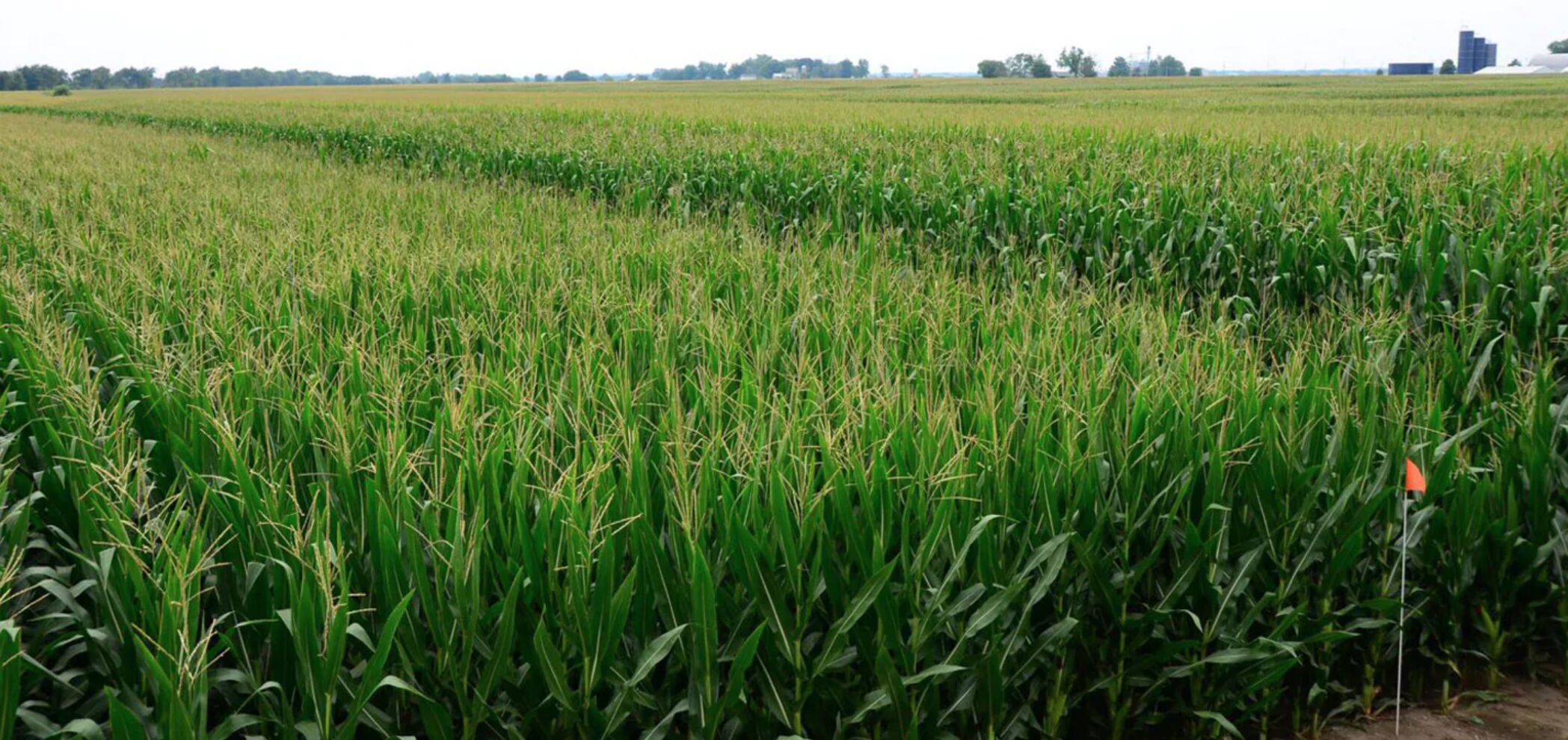Could short stature corn be the next big leap forward for growers?

Researchers at Bayer are making a big bet on short stature corn. At a video press conference Feb. 18, representatives of Bayer, touted their research and development product pipeline. Bayer is one of the world’s biggest agricultural research firms; with an annual research budget of more than $2 billion, it has deployed more than 500 new crop varieties and traits across many plants and crops including corn, soybeans, and cotton.
Bayer had several important products to talk about, including a herbicide with the first brand-new mode of action in 30 years, and a new fungicide set for a 2022 launch on Australian grapes.
But Bob Reiter, head of research and development for the Crop Science Division at Bayer, ended the presentation with short stature corn, which he said has generated “more interest [among customers] than any product we have ever offered.” That’s partly because it’s more than just a single trait or product. “We’re bringing an entire system to the grower,” he said. Bayer, which has previously called SSC a “game-changer,” sees the sales potential for SSC peaking at $1 billion in annual sales by the 2030s.
Advantages of short stature corn
As Bayer points out on its website, the idea of plants with shorter stature as a way of better coping with environmental conditions goes back to Nobel Prize-winning agronomist Norman Borlaug, who developed short-stature wheat in the 1940s.
Bayer is not the only player in the SSC game. Stine Seeds has been working on shorter corn hybrids for decades. On its website, Stine lists some of the advantages of SSC: stronger roots and stalks, more efficient nutrient uptake, more efficient pollination, and better stress resistance in tough environmental conditions.
With its short stature corn that is targeted to be roughly 7 feet tall, Bayer is creating “a different relationship with the grower,” said Reiter. He said SSC will help growers with sustainability, because it will allow precision applications of crop protection products and nutrients. Evidence is also accumulating, he said, that SSC has a deeper, more extensive root structure than standard tall corn varieties, which suggests more carbon sequestration. “When we shorten the corn up top, we get a bigger root structure, thus sequestering more carbon.” SSC would also better withstand strong winds like the derecho winds that caused $243 million worth of losses for Iowa farmers alone in 2020. That’s a big consideration when many experts say extreme weather events are increasing.
Mexico launch
A traditionally bred SSC variety named VITALA was recently launched in the Sinaloa region in Mexico following years of research, according to Bayer. This year Bayer is working with 150 early adopters in the United States, as its researchers continue to gather and crunch more data on the performance of SSC and its different versions. Bayer plans to roll out three versions of SSC: a variety developed with traditional breeding, one developed with genetic modification, and another with gene editing techniques. GE differs from GM in that no foreign genetic material is introduced into the corn genome, but gene elements might be moved around or tweaked.
Even with traditional breeding, said Reiter, increases in computing power allow researchers to develop desired genetic traits in a much faster and more targeted way than in the past. Artificial intelligence is now better able to navigate the vast amounts of genetic data in corn to target genes and traits to be developed more precisely. It helps that corn genetic data is now better displayed and organized than ever. A paper published in Science magazine last year detailed how 26 corn genomes have been newly assembled and mapped, allowing ever-more-precise mixing and matching of genetic traits.
Graduated rollout
In the question-and-answer period, Reiter said SSC will be gradually rolled out to some American farmers on a limited basis in 2023-4 to get them more familiar with it. He said Bayer has no plans to introduce the genetically modified versions of SSC into Europe, where the regulatory environment for GM is not as welcoming. In response to another question Reiter said it could be the middle of the decade before SSC would be available in Argentina.
But Reiter said he thinks the regulatory market in China is opening up. He pointed out that China has just published a new set of rules for how to get agricultural products approved. “We see a lot of potential for SSC,” he said. “It has performed on par with market leading corn varieties.” He said the team is still combining various traits with the SSC germ plasm to determine the right mix of traits for various conditions and growing areas. Mike Graham, head of plant breeding in Bayer’s Crop Science division, said the team was in “early days” of seeing how the root structure responds to moisture.
Reiter wouldn’t give a specific figure for how much Bayer’s SCC development has cost, but Rachel Rama, head of small molecules research at Bayer, said it was “significantly more expensive” than developing a new molecule, which she said costs roughly $150 million.
David Murray can be reached at [email protected].

